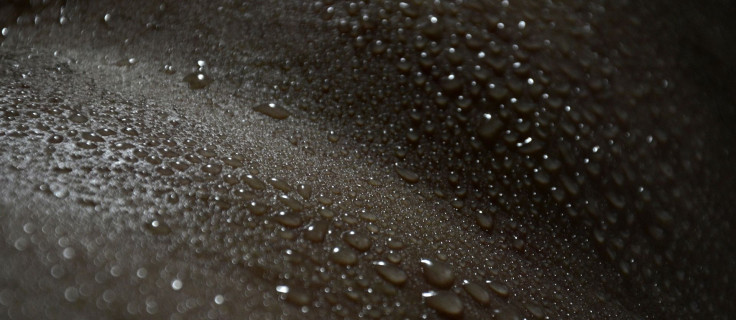Am I Sweating Too Much? Skin Infections and Constantly Changing Clothes Are Signs Of Excess Sweat

A little sweating is completely natural and protects the body from overheating, but if you always have sweaty palms, it’s possible your glands have gotten out of hand.
Hyperhidrosis is a condition in which the nerves that trigger sweat glands are overactive, causing people to perspire even when they don’t have to, according to the Mayo Clinic. Some simply have hyperhidrosis, others have a medical condition causing it, such as diabetes, an anxiety disorder, AIDS, malaria, menopause or obesity, among many others. The International Hyperhidrosis Society estimates that 3 percent of people worldwide suffer from the condition.
“This is fill up your shoes sweat, ruin the test you just took with a dripping hand sweat, soaking through two shirts on a job interview underarm sweat,” the society says on its homepage. “We are talking five times what everyone else sweats.”
How much is too much? The group notes it is an everyday thing to plan around sweating, including changing clothes or wearing some that disguise sweat marks, and the excessive sweating could cause social problems that isolate the person. Then there are skin problems that stem from the sweat, despite it being composed almost entirely of water, such as “bacterial or fungal overgrowth, infections, and disintegration (also called maceration) of the skin.”
The International Hyperhidrosis Society has personal stories people have shared with them. One, from a person identified as Frances, says, “By the time I was 13, I gave up drawing because I was always smearing the paper.” Someone named Jerome said, “When kids found out, they tried to make me do high-fives so they could see how sweaty I was and make fun of me. I dreaded school.”
For those with hyperhidrosis, there are treatments available. The American Academy of Dermatology lists clinical-strength antiperspirant as one line of defense, as it plugs the sweat glands, signalling the body to stop producing sweat. Another treatment is botulinum toxin, commonly known as Botox, which when injected into the underarms can temporarily block a chemical that stimulates the glands.
There are also more complicated treatments listed on the American Academy of Dermatology’s website, such as a machine that uses a low-voltage current on hands and feet that temporarily turns off sweat glands; or surgery to remove sweat glands. These are just some of the ways for hyperhidrosis sufferers to turn up the heat on their sweat problem.
Published by Medicaldaily.com



























